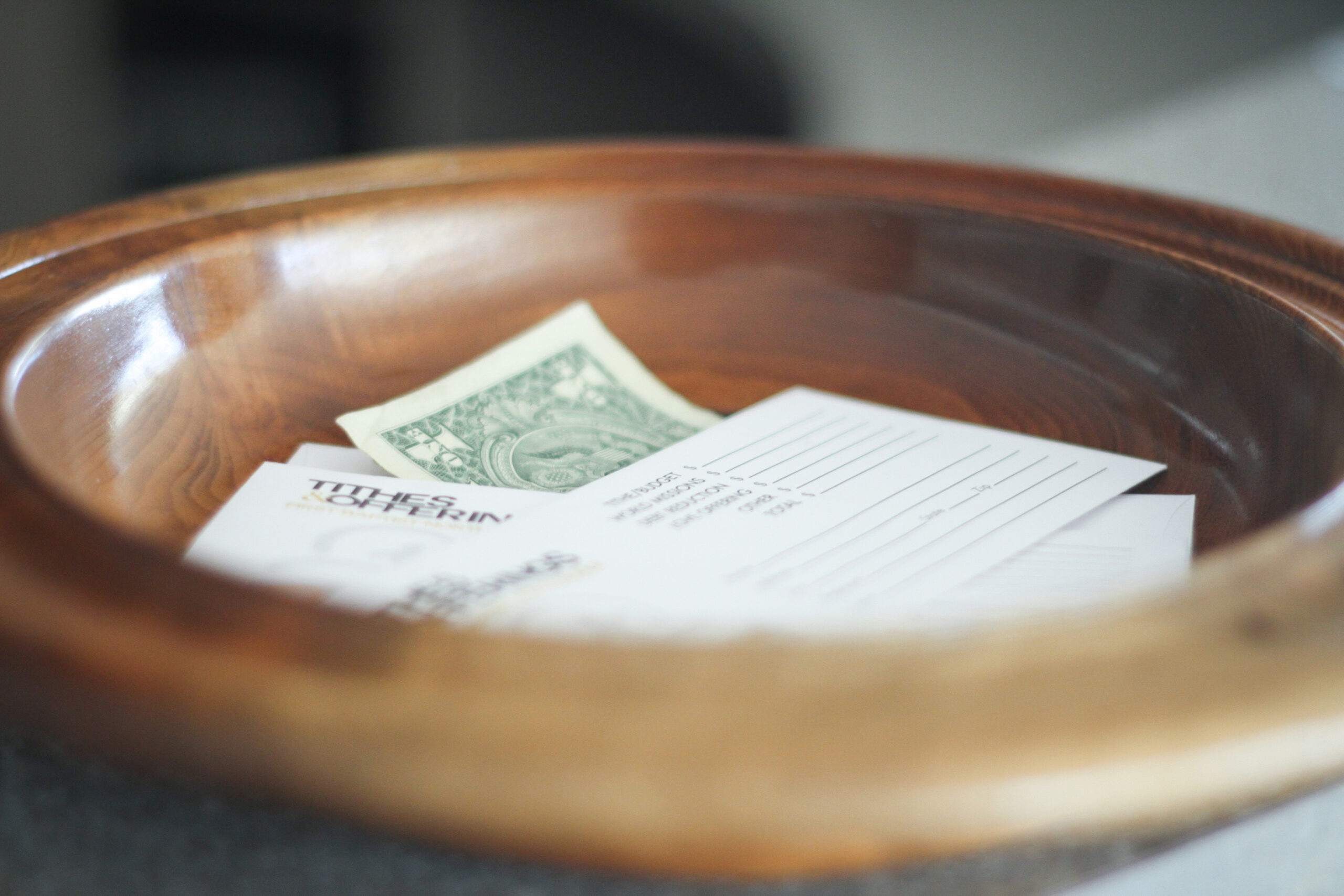Fundraising is ministry, as theologian Henri Nouwen articulates so beautifully. Fundraising is also equal parts art and science…and, if we’re honest, it can be intimidating. Most of us as pastors, church leaders, or ministry volunteers were not trained to be fundraisers.
In this blog series, we’ll get down to basics answering some of the most frequently asked questions that ministry leaders have about stewardship and fundraising. I’ve been fortunate to work with churches and ministries across the country (and globally) for many decades, and all of them came to me with common questions that we’ll unpack here.
As we wrap up our series, I’ll also offer the primary pointers I give to any ministries looking to improve their donor relations program.
We’ll start today with a few of what I call the “nuts & bolts” of fundraising – the foundational pieces you need to have in place to ensure you’re managing donor gifts well.
FAQ #1: What kind of donor database do I need?
There are lots of wonderful tools and database systems out there. At the end of the day, the system you’re using to record donor gifts and other information about your members needs to be functional, secure, and user-friendly for the staff charged with using it. Obviously, a system (or savvy staff) that can provide you with reporting on lapsed or expired donors, fundraising totals and trends, or other analytics can be really useful.
A word about recurring giving: Churches and ministries that can encourage their givers to make their contributions on an automatic payment system build a stronger stewardship program. Recurring, automatic giving options are easier and less hassle for most donors. That method of giving provides the church with reliable, consistent donation revenue. Especially during times of disruption – whether it’s summer vacation seasons or a pandemic – donors who have a recurring gift to the church don’t have to worry about dropping anything in the offering plate or mailing a check. Their pledge or intended tithe is automatically deducted from their bank account or charged to their card on whatever frequency basis they choose. These platforms can help you streamline your donor data and often integrate directly with your database.
Regardless of your software system, the critical piece of your process is ensuring you have staff managing gift entry, address changes and acknowledgments/receipting. Even back when we were using paper files and folders for donors, the most important factor was the staff who were committed to accuracy and quality control in our data.
FAQ #2: How often should we be asking our donors to give?
Unlike most nonprofits and charities who have to carefully map out their asks of givers and balance those against donor opts out or donor fatigue, the church has a weekly opportunity to build relationships and make its case to givers.
This doesn’t mean you should be hitting donors over the head every week. But do not let your annual stewardship campaign be the only time you talk about the impact of donor gifts. Your stewardship campaign should be a natural outgrowth of the messaging your donors and tithers get from you regularly – in services, in communications and in acknowledgments.
Outside of your annual stewardship campaign, there will be projects or capital campaigns where you’re inviting donors to give beyond their standard pledge or tithe. Those should be timed and planned carefully: You will want plenty of opportunity to build trust and make the case for the project to donors. You’ll also need to launch a special campaign in such a way that doesn’t compete with your stewardship giving campaign. It’s critically important that donors understand the church is asking for a gift above and beyond their current level of giving – not supplanting their pledge to the annual operating funds of the church with a gift to a special project. All of that comes back to the fundamental importance of ongoing messaging and acknowledgment of the impact givers have on your congregation and its ministries.
In the next blog of this series, we’ll explore the next set of frequently asked questions from churches and ministries about development work.
Answers to Frequently Asked Stewardship Questions
Fundraising is part art and part science…and it can feel intimidating for pastors and ministry leaders suddenly charged with donor development.
This article provides answers to the six most commonly asked questions about stewardship – from the pastor’s role in making an ask of a donor to how frequently we should be asking givers for support.
Tim Smith has over 30 years of experience in Church, Non-Profit Administration, Management, and Fund Development. Serving as an Executive Pastor and Chief Development Officer in growing Churches and Non-Profit Organizations has provided a wide range of expertise and resources. Tim serves as Founder and CEO for Non-Profit DNA. A boutique firm committed to helping nonprofits and churches build their capacity through fundraising, leadership, team building, staff recruiting, and coaching.





